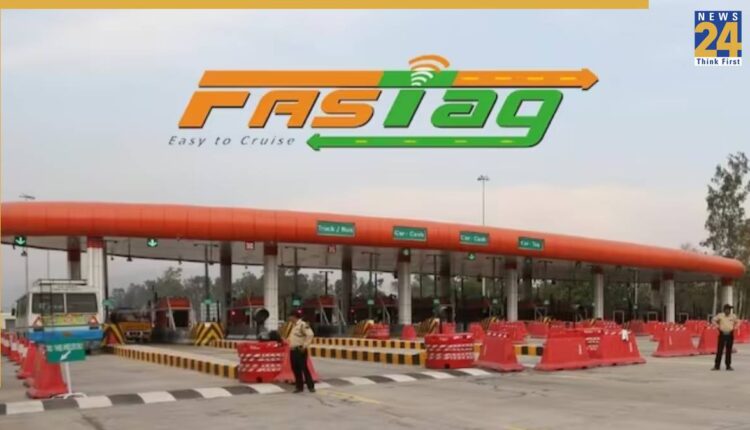If the recurring KYC were not a hassle in itself, a new KYV process is here to establish a better check for your vehicle. KYV stands for “Know Your Vehicle.” This new process, which may soon possibly overshadow FASTag, could become the latest burden to fall on the shoulders of all Indians who own vehicles.
What is the reason behind the issue with the new KYV?
The misuse of FASTags in some cases-particularly by truck drivers who were caught using FASTags meant for cars-has convinced policymakers that every vehicle in the nation needs to go through another layer of checks and balances for the users. The new procedure would work like a firewall to prevent delinquents from misusing FASTags.
What is KYV?
It was rolled out as a mandatory process beginning October 31, 2024. The process requires all FASTag users to submit images of their vehicle and registration certificate to verify that the tag is linked to the correct vehicle.
A National Highways Authority of India (NHAI) initiative, KYV was notified by the National Payments Corporation of India (NPCI) to prevent any sort of fraud. Beyond being a one-time process, the verification must be repeated every three years so that the database is always updated. This is necessary as the chances of misuse linger on.
As per a report by TOI, the main aim behind issuing FASTag was to digitize the toll collection method. Over the years, the government has been able to realize that there might have been some laxity on the part of banks issuing them. Hence, the introduction of the new KYC process will help in sanitizing the system of any FASTags that were issued wrongfully.
Beyond that, the report also revealed that the government plans to bring all national highways that have four or more lanes under MLFF tolling in the next 4-5 years. Hence, the government seeks to ensure one vehicle, one tag.
The Process of KYV and the issues it might lead to
As per the circular that was issued by NPCI, all FASTags need to comply with KYV norms. The process mandates linking the FASTag to the unique Vehicle Registration Number and Chassis Number. FASTag issuers, meanwhile, need to follow the One Vehicle – One Tag mandate and replace all tags that are more than five years old.
So, every vehicle owner could soon be asked to upload their vehicle registration certificate, take a picture of their vehicle from the front, and upload that along with the FASTag and vehicle registration number, besides a side image of the tag and vehicle axles. All these should be clearly visible in the picture.
Beyond that, the vehicle owners will also have to verify this with the VAHAN application database, customer mobile number, and the data entered by the point-of-sale agent. FASTags without a valid KYV will get automatically deactivated.
Issues That Might Erupt with the New KYV System
One of the biggest issues that a lot of vehicle owners will face is the sudden stopping at toll gates since their FASTag does not comply with the KYV.
The KYV compliance process could be a hassle itself, as users will have to comply with a great number of steps and click numerous photos just to ensure that the vehicle complies with the new laws.
The possibility of back-end systems failing as a large volume of users swarm over the website is another challenge that might end up troubling the users.
It is possible that the government might streamline the process further to ensure that users can easily comply with it. Beyond that, banks have already been asked not to go ahead and blacklist the FASTags from the get-go without informing their users first.

